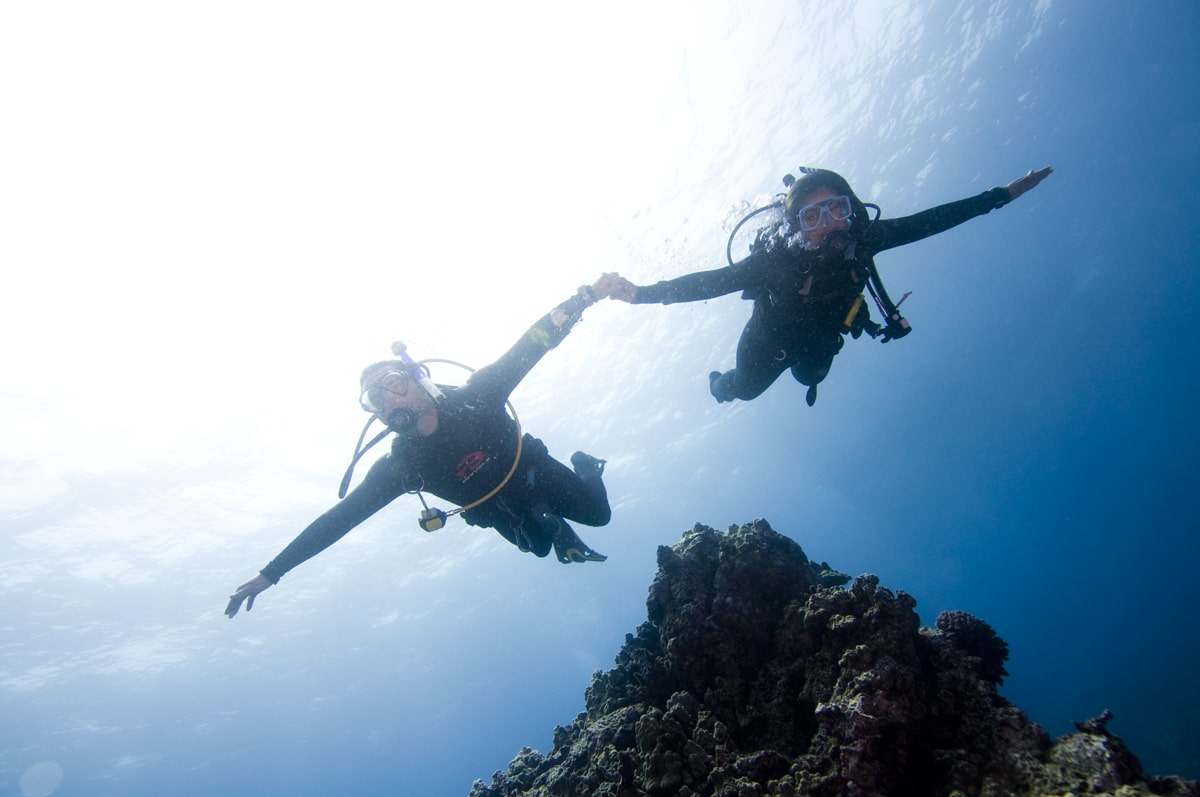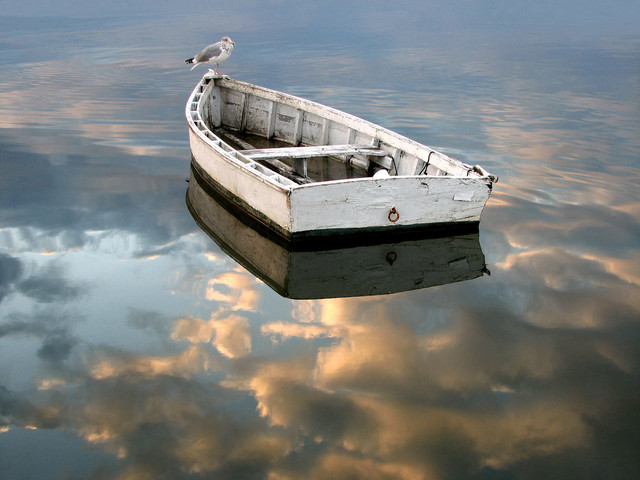

The numerical simulations showed that a downward flow associated to a horseshoe vortex enhances scour in front of the mangrove seedling and a vortex shedding keeps the sediment in suspension or re-suspends the sediment in the rear of the mangrove seedling. This numerical model was validated against experimental observations and is able to capture the main features of the flow and sediment transport around a mangrove seedling. A natural mangrove seedling (Rhizophora mucronata) was digitized employing photogrammetry and discretized into the model domain.

The distribution of the sediment phase in the water phase was estimated with the drift-flux approximation. The two phases, silty sediment and water, constitute a mixture.
#Water drift software#
The hydro- and sediment dynamics were simulated using a coupled sediment-hydrodynamic continuum approach: the Finite Volume Method utilizing the software package OpenFOAM.

Due to the differences between hyper-concentrated and dilute flows, a linear-power coupled model is proposed to integrate these considerations. This paper assesses the distribution of sediment for a variety of hyper-concentrated and dilute flows. This process is called downwelling.During flooding, the suspended sediment transport usually experiences a wide-range of dilute to hyper-concentrated suspended sediment transport depending on the local flow and ground conditions.

This piles up the sea surface and carries the lower temperature water layers downwards. In this case, the surface waters flow against each other in the middle of the ice orbital circle. Since icebergs “sit” relatively deep in the water, they rotate at a lower speed than the water surrounding them, which leaves an ice-free shadow space in their “back” area. Small icebergs are also present in composition of ice and water. Their trajectories are shaped by an effect called Ekman drift, in which sea surface currents are created by the transfer of wind energy to seawater.Īccording to the Ekman model, deeper water layers move at a slower speed than higher ones because friction greatly reduces the energy transferred by the wind. In this case, the crystals are probably only a few millimeters in size and the condensed fraction of ice and almost frozen water, which is called “fat ice” because it resembles an oil film on the water.
#Water drift free#
Strong and very cold (katabatic) downdrafts blowing from inside the ice sheet towards the coast caused a cloud free sky above the water surface. A counterclockwise (anticyclonic) movement of the near-surface water layer with the sea ice floating in it can be observed. Sentinel-3 and Sentinel-2 images show Terra Nova Bay, which lies to the west of the Ross Sea between the Drygalski Ice Sheet to the south and Cape Washington and Silverfish Bay to the north.


 0 kommentar(er)
0 kommentar(er)
